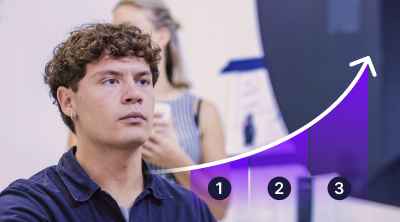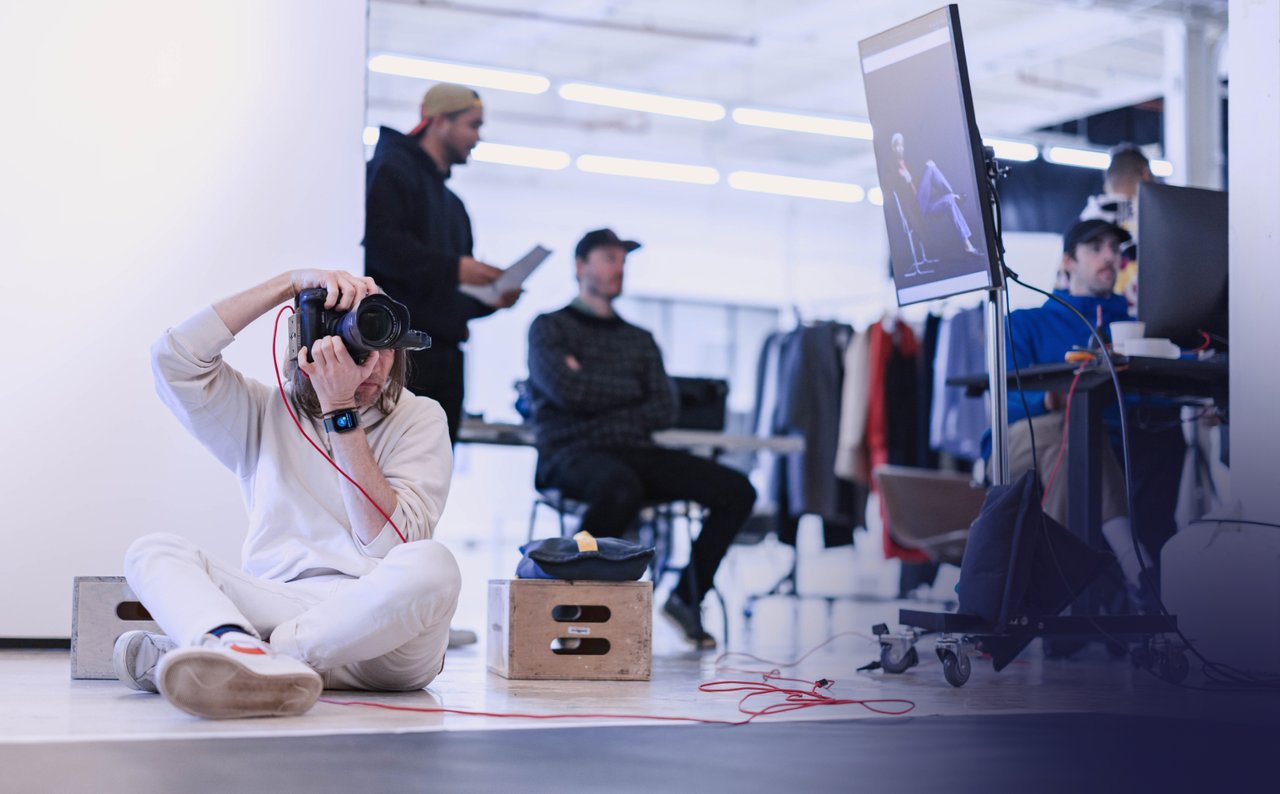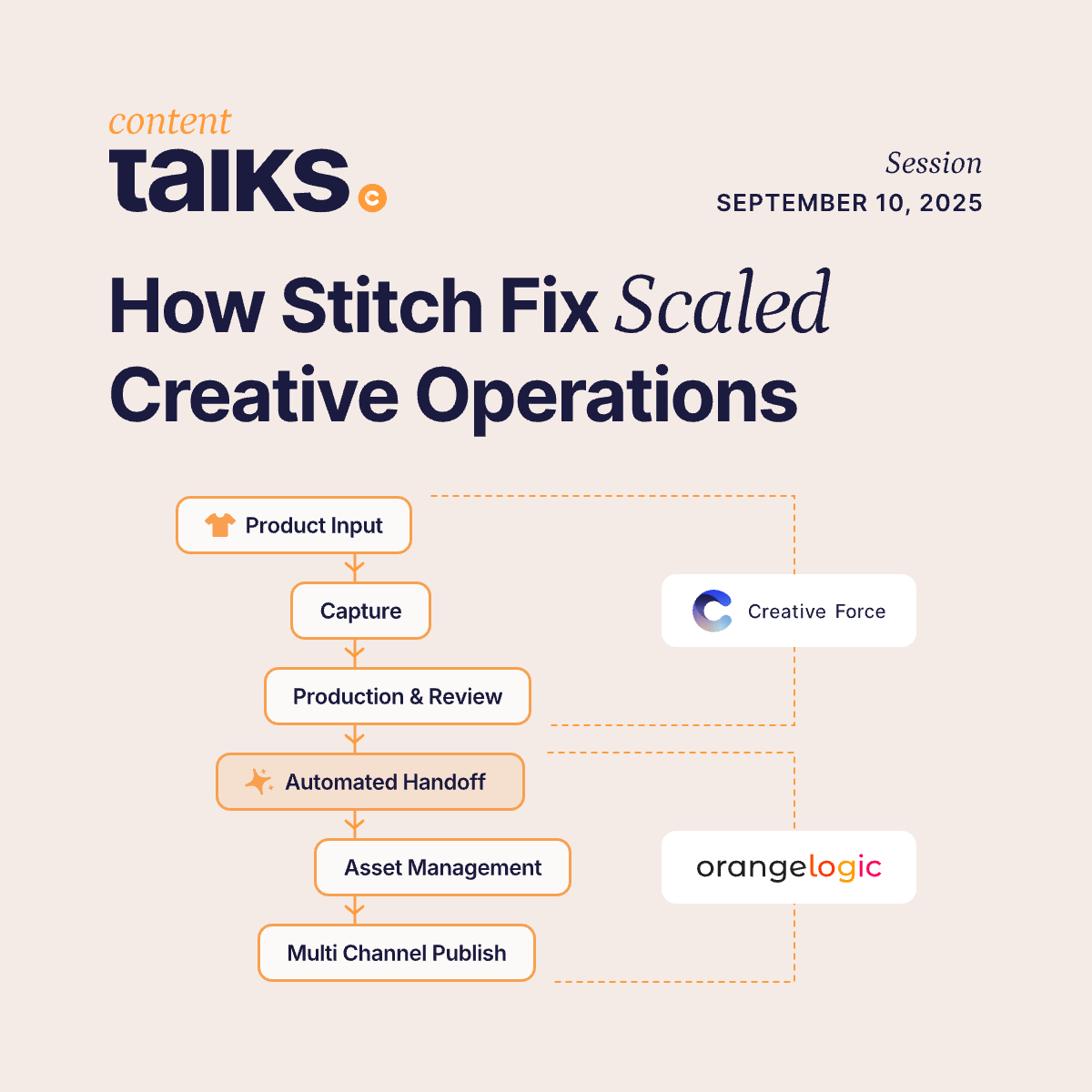How to Optimize an eComm Studio Space for Better Workflows
We’ve talked about streamlining your workflows with automation - but what about your physical workflows? How your floorplan is physically arranged can have a huge impact on your eComm studio’s productivity and operations - just ask any eComm photography studio design expert.
“A lot of the time people come up with a digital workflow but don't think about the physical properties of the space itself,” says Kevin Mason, a photographer and studio workflow consultant of Studio Workflow. With Kevin’s additional background in interior architecture, he’s consulted on big studio builds and helped clients optimally design the physical space of their studio.
In episode 34 of the E-Commerce Content Creation Podcast, Kevin sat down with host Daniel Jester to discuss the impact a physical studio layout can play on your workflow and shared some of his processes when thinking about a studio space for clients.
As part of our Studio Manager Series helping to guide studio managers to success, let’s recap some of Kevin’s expertise highlights and key talking points here.
Do You Need a New Space?
Kevin says, “If you came to me as a brand new client, I would really challenge you first: Why do you need the space? And what do you think it's going to solve for you?
I love designing studios and it's really fun. But at the same time maybe you've just got loads of breaks and are in a process that you have right now. Maybe your team engagement isn't great, or maybe your systems aren't great. And maybe you've got fluctuating targets every day and people are not sure what they need to achieve. And I would always try to do the basics first.”
Consider the Workflow and Product
That early-on conversation can help uncover your specific needs for a physical eComm studio space, including product storage and whether you’re looking at a more creative space or a warehouse situation.
You should consider how much you’re storing in the studio and for how long, which is shaped by your time to online and your time to review images.
“Do you need three weeks worth of product in the studio or are you super good and you only need four days worth of it?
If your review process is awesome and you can send a product out straight away and you can just digitally review everything, then you save a lot of expensive footprints because you're not creating a warehouse.”
Looking at the Organizational Chart
“So the next thing that I always try and do is have a look at the org chart. How big are the teams? What skillsets have you got?”
It’s also important to consider the different roles in a studio - whether there are good studio managers, equipment managers, and specialists, and how they work. That’s because creating a physical space that focuses on the production line has different layouts demands to a studio informed by creative concerns.
Select the Space with eComm Studio Team Member Input
When location hunting and selecting a new space, the relevant business unit needs to make sure that the relevant people from the eComm photography side are involved in selecting the space.
This helps ensure a space that is pragmatic and promotes seamless operational and product workflows. For example, bringing in studio, operational, and sample managers to ensure that the space fulfills needs in terms of storing, transporting, working with samples, general size needs, and future growth expectations for the studio.
“My workflow with that is very much, I walk around with an iPad and I'll sketch something out as much as I can when I'm with the key people that need to be on-site and we'll start to just get a feel of the space to some extent and say, "Well okay, if the product's here, how much space does it need to fit? And can that filter into the model sets quite quickly or do we shoot with a mannequin first?"
Consider Creatives and Brand
Kevin says bringing in creative team members is also essential to ensure that the brand experience is reflected in the space.
“One of the questions I often ask is, has the creative director ever been to your studio?” says Kevin on the podcast. “How do we sell the brand ethos and the brand story if the creative director doesn't go and visit?’”
He stresses that it’s critical that talent feel engaged and like a part of the brand when they’re in the space, as that’s ultimately reflected in the high-quality images they produce. Then there are also creative considerations, such as a decent ceiling height when shooting a model.
“I don't want to separate creatives and desk jobs in a way that they're against each other. But I think it's really about understanding that a lot of the time creatives have shot in editorial studios. They come from a background where they get a bit more space and a good feeling about the place they're walking into. How do we build on that? How do we try and create that for people?”
Create a Brand Experience
Building on this, a key consideration for Kevin is how the space can inspire creatives and models to produce better images and embody the brand.
“Let’s say you’re bringing in models and need to produce premium quality imagery. What is the entrance like - what do the models see when they come in?
Do they see a row of desks or a warehouse of clothing or do they see a place that feels like you're walking into Milk Studio or Spring Studio? And can you do something that really elevates the brand immediately and gets the models to think, okay, I'm doing something that is interesting?”
Conversely, spaces that don’t create a brand experience can lead to disengaged teams.
“If you’re going from a train station to an industrial state and you walk past loads of different warehousing to get into somewhere… these can knock back the brand story a bit. So as a model, you're maybe a bit more disengaged than you would be if you're just stepping off the train into a nice kind of atrium.”
Balancing Pragmatic and Creative Considerations
Finding the right balance can be tricky, and depend on the client profile and their unique brand and production needs.
“Sometimes the warehouse would be easier for me because normally the flow plan is completely open, and I can fit things into a warehouse pretty easily. On the other hand, you might have a beautiful building, but there are pillars everywhere or the floors are uneven and that's difficult, but maybe the payoff is that everyone enjoys being there a little bit more.”
Finding the right balance comes down to a thoughtful analysis of production workflow and operations - and brand and creative considerations. Over on the Studio Workflow Blog, Kevin expands on this topic and sets out a clear guide for designing content creation studios pragmatically based on operational and product flow - or in a more inspirational way in line with a creative brand story.
What’s your priority for a physical space?
Wrap-Up
The design and layout of an eComm photography studio space play significant roles in productivity and operations. Beyond the digital aspects, the physical environment, as expert Kevin Mason emphasizes, influences workflows, team engagement, and the overall creative output. Key considerations range from understanding the purpose of the space, assessing organizational structure, involving relevant team members in location selection, to creating an engaging brand experience.
Striking a balance between practical workflow needs and creative aspirations is crucial. Ultimately, when planning your studio, ensure that the physical space fosters a conducive environment for the execution of your brand's unique vision, values, and creative aspirations.










